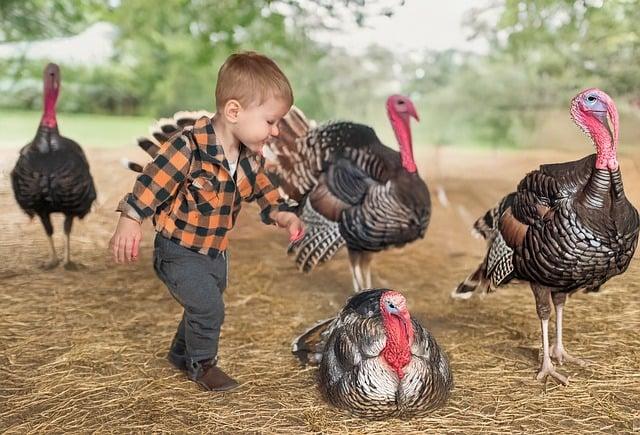In the heart of Korea, as autumn leaves danced to the ground, families gathered to celebrate Chuseok, the biggest holiday of the year. This harvest festival, often called Korean Thanksgiving, was a time for honoring ancestors and sharing bountiful feasts. The air filled with the sweet aroma of songpyeon, rice cakes stuffed with sweet fillings, as children laughed and played traditional games. Under the full moon, stories of gratitude and togetherness echoed, reminding everyone that the true essence of Chuseok lay not just in the food, but in the bonds of family and tradition.
Table of Contents
- The Cultural Significance of Chuseok in Korean Society
- Traditions and Customs That Define the Chuseok Celebration
- Culinary Delights: Must-Try Dishes During Chuseok
- Travel Tips for Experiencing Chuseok Festivities in Korea
- Q&A
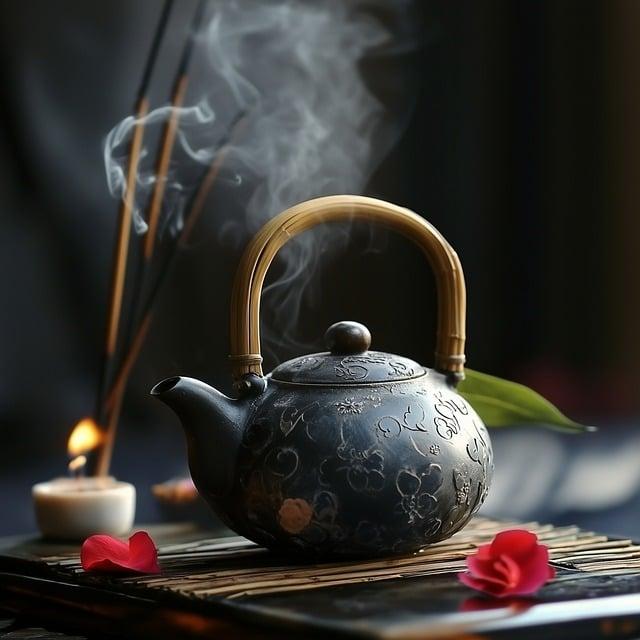
The Cultural Significance of Chuseok in Korean Society
Chuseok, often referred to as the Korean harvest festival, holds a profound place in the hearts of the Korean people. This vibrant celebration is not merely a time for feasting; it embodies the essence of familial bonds and cultural heritage. During Chuseok, families gather to honor their ancestors through a ritual known as **Charye**, where they prepare a table laden with traditional foods. This act of remembrance fosters a deep sense of connection to one’s roots and reinforces the importance of lineage in Korean society. The festival also serves as a reminder of the agricultural cycles that sustain the community, highlighting the relationship between nature and human life.
The significance of Chuseok extends beyond familial gatherings; it is a time for cultural expression and national pride. Traditional games such as **Ssireum** (Korean wrestling) and **Ganggangsullae** (a circle dance) are played, allowing communities to come together in joyous celebration. The holiday also showcases the rich tapestry of Korean cuisine, with dishes like **Songpyeon** (rice cakes) symbolizing prosperity and good fortune. As people don their **Hanbok** (traditional attire), the vibrant colors and intricate designs reflect the beauty of Korean culture. Through these customs, Chuseok not only preserves age-old traditions but also fosters a sense of unity and identity among Koreans, making it a cornerstone of their cultural landscape.
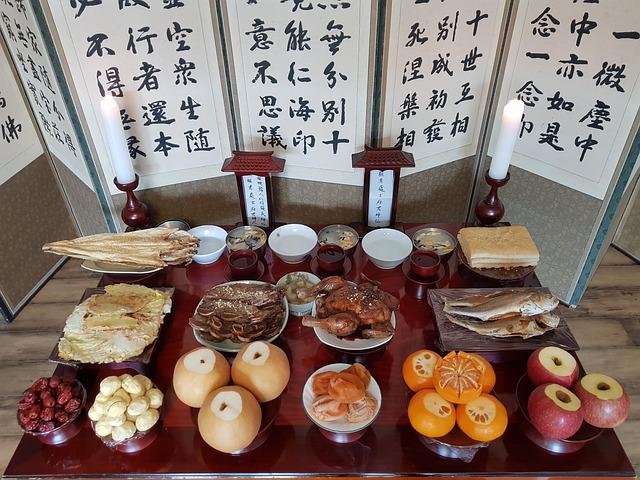
Traditions and Customs That Define the Chuseok Celebration
Chuseok, often referred to as the Korean harvest festival, is steeped in rich traditions that reflect the deep-rooted cultural values of gratitude and family unity. One of the most significant customs is **Charye**, a ceremonial ritual where families prepare a table filled with an array of traditional foods to honor their ancestors. This act of remembrance not only pays homage to those who came before but also reinforces the importance of familial bonds. The offerings typically include **songpyeon** (rice cakes filled with sweetened sesame or beans), **jeon** (savory pancakes), and various seasonal fruits, all meticulously arranged to symbolize abundance and respect.
Another cherished aspect of Chuseok is the practice of **seongmyo**, which involves visiting ancestral graves to clean and maintain them. Families gather to perform rituals that express their love and respect for their ancestors, often accompanied by the sharing of stories and memories. Additionally, the holiday is marked by traditional games such as **ssireum** (Korean wrestling) and **yutnori** (a board game), which foster a sense of community and joy among participants. These customs not only celebrate the harvest but also serve as a reminder of the importance of heritage, connection, and the cyclical nature of life.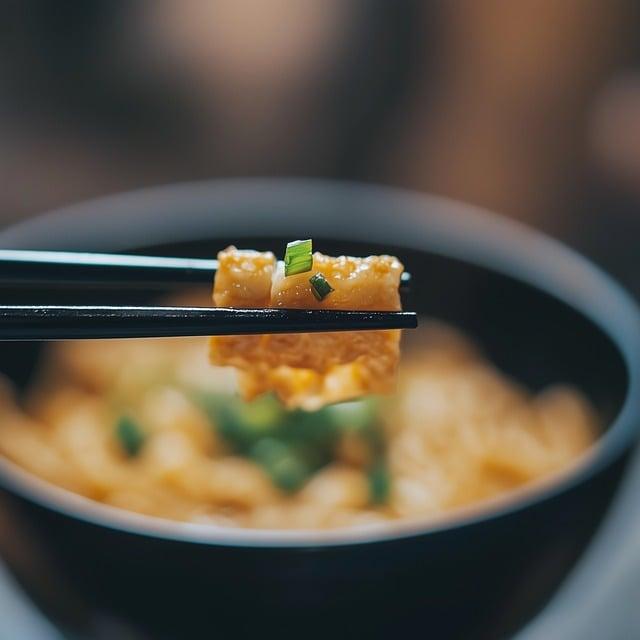
Culinary Delights: Must-Try Dishes During Chuseok
During Chuseok, the air is filled with the tantalizing aromas of traditional dishes that celebrate the harvest and honor ancestors. One of the most iconic dishes is **Songpyeon**, a delicate rice cake filled with sweetened sesame seeds or red bean paste, often shaped like half-moons. These colorful treats are not only a feast for the eyes but also symbolize prosperity and good fortune. Another must-try is **Galbijjim**, a savory braised short rib dish that melts in your mouth, infused with soy sauce, garlic, and a hint of sweetness. This hearty meal is often served during family gatherings, making it a staple on the Chuseok table.
Additionally, **Japchae**, a stir-fried glass noodle dish, brings a delightful mix of textures and flavors, featuring vegetables and sometimes beef or other proteins. Its vibrant colors and savory taste make it a favorite among both young and old. Don’t forget to indulge in **Kimchi**, the quintessential Korean side dish, which adds a spicy kick to any meal. Each of these dishes not only satisfies the palate but also carries deep cultural significance, making them essential components of the Chuseok celebration. Enjoying these culinary delights is a way to connect with tradition and family during this cherished holiday.
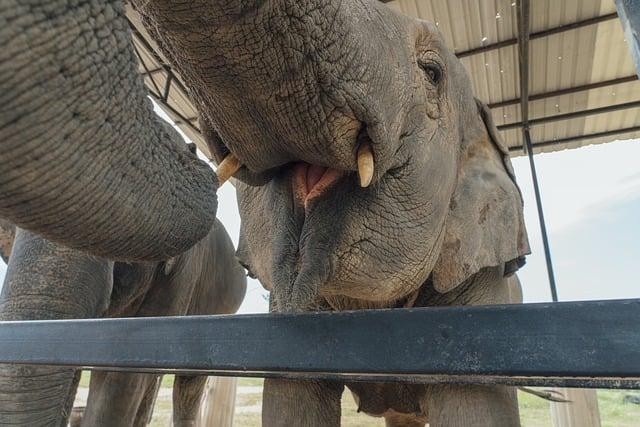
Travel Tips for Experiencing Chuseok Festivities in Korea
Experiencing Chuseok, Korea’s harvest festival, can be a delightful adventure filled with rich traditions and vibrant celebrations. To make the most of your visit during this festive period, consider planning your trip well in advance. **Book accommodations early**, as hotels and guesthouses fill up quickly with both locals and tourists eager to partake in the festivities. **Research local customs** and events happening in the area you plan to visit, as many towns host unique celebrations that showcase their cultural heritage. Don’t forget to check the dates for Chuseok, as they vary each year based on the lunar calendar.
While in Korea, immerse yourself in the local culture by participating in traditional activities. **Try your hand at making songpyeon**, the iconic rice cake filled with sweetened sesame or chestnut, often made during Chuseok. **Visit ancestral rites**, known as charye, where families pay respects to their ancestors with elaborate feasts. Additionally, explore local markets and street fairs, where you can sample seasonal delicacies and shop for handmade crafts. Engaging with the community will not only enhance your experience but also provide a deeper understanding of this cherished holiday.
Q&A
-
What is the biggest holiday in Korea?
The biggest holiday in Korea is Chuseok, also known as the Korean Harvest Festival. It is celebrated on the 15th day of the 8th month of the lunar calendar, typically falling in late September or early October.
-
How do people celebrate Chuseok?
During Chuseok, families gather to honor their ancestors through a ritual called Charye. They prepare traditional foods, such as songpyeon (rice cakes) and various side dishes, and visit ancestral graves to pay their respects.
-
Are there any special customs associated with Chuseok?
Yes, Chuseok is rich in customs. People often wear hanbok (traditional clothing), play folk games like yutnori, and exchange gifts. It’s also a time for family reunions and sharing stories.
-
Is Chuseok a public holiday in Korea?
Yes, Chuseok is a public holiday in South Korea, and it is typically celebrated for three days, allowing people to travel and spend time with their families.
Korea’s biggest holiday, Chuseok, beautifully intertwines tradition and family, celebrating the harvest and honoring ancestors. As the moon rises and families gather, this vibrant festival reminds us of the importance of connection and gratitude.

大家好,我是彼得潘,專業的手法身體治療師。我喜歡探索和研究各種主題,並透過與人工智慧的合作分享專業、實用、有趣的文章。我們定期進行人工審核,以確保內容的準確性。如果您發現文章中有任何不準確的地方,請隨時與我們聯繫,我們會及時糾正。您可以透過 [email protected] 與我們聯繫。


